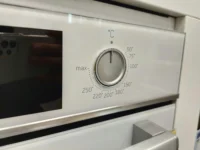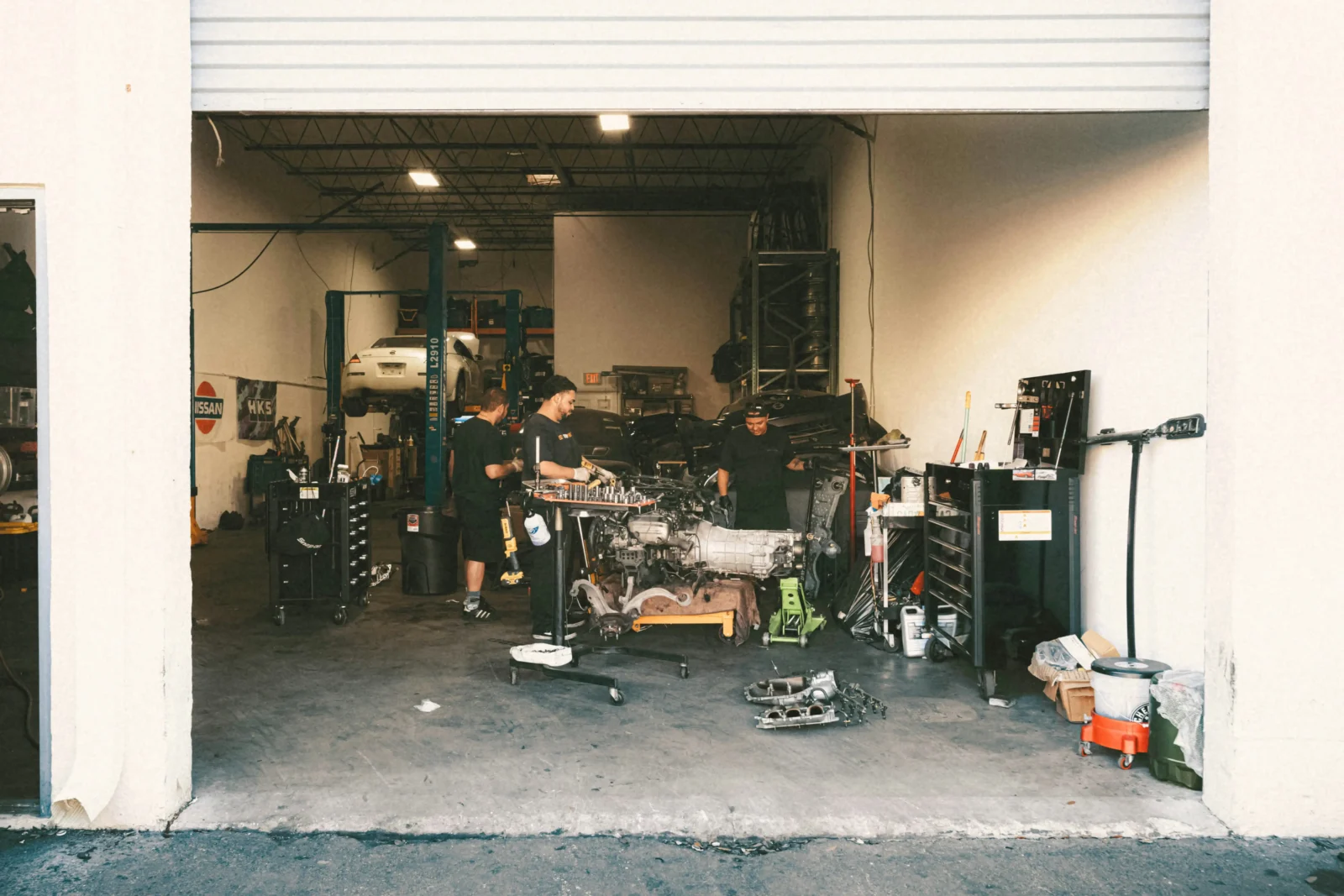- Home
- Articles
- Architectural Portfolio
- Architectral Presentation
- Inspirational Stories
- Architecture News
- Visualization
- BIM Industry
- Facade Design
- Parametric Design
- Career
- Landscape Architecture
- Construction
- Artificial Intelligence
- Sketching
- Design Softwares
- Diagrams
- Writing
- Architectural Tips
- Sustainability
- Courses
- Concept
- Technology
- History & Heritage
- Future of Architecture
- Guides & How-To
- Art & Culture
- Projects
- Interior Design
- Competitions
- Jobs
- Store
- Tools
- More
- Home
- Articles
- Architectural Portfolio
- Architectral Presentation
- Inspirational Stories
- Architecture News
- Visualization
- BIM Industry
- Facade Design
- Parametric Design
- Career
- Landscape Architecture
- Construction
- Artificial Intelligence
- Sketching
- Design Softwares
- Diagrams
- Writing
- Architectural Tips
- Sustainability
- Courses
- Concept
- Technology
- History & Heritage
- Future of Architecture
- Guides & How-To
- Art & Culture
- Projects
- Interior Design
- Competitions
- Jobs
- Store
- Tools
- More
Solar vs. Traditional Batteries: Which Powers Your Home Better?

With the current rise in worldwide energy requirements, where household power consumption has surged 21 percent in the last decade, homeowners are also turning to viable and economical power solutions. Solar Vs Traditional Batteries – A Clash Of The Titans Choosing whether to go solar or stick to traditional battery power is a very important choice for modern-day households, which are increasingly looking to safeguard their future energy supply. Old school battery systems have been the go-to for backup power for years, but solar batteries are changing the game with their unique combination of renewable power. There’s more to consider than just how well it works – homeowners need to consider energy efficiency, potential cost savings and how it may affect the environment. So the question is: Which system provides better long-term value for your home? This detailed comparison covers key points such as charging ability, maintenance needs and the actual ROI to assist you in making an educated decision on how to power your home of tomorrow.

Table of Contents
ToggleUnderstanding Solar Batteries and Traditional Battery Systems
How Solar Batteries Work: Energy Efficiency in Focus
Solar batteries are the future of home energy storage, and they are both easy to install and provide end users with a great return on their investment, whilst also optimizing the energy produced by PV systems. These sophisticated systems harness solar energy to produce electricity, which is then stored in high-capacity lithium-ion cells for use when the sun isn’t shining. This integration is truly effective; in fact, today’s solar cells, or batteries, can boast up to a 95% conversion rate. At peak sunshine, these systems both power residences and store power, continually feeding the storage systems and re-supplying the homes in reverse. This self-reliant method of operation is especially attractive for an eco-conscious household looking to reduce their carbon footprint while keeping their family comfortable.
Traditional Batteries: Limitations for Modern Homes
By comparison, conventional battery systems are heavily dependent on grid power, which is generally sourced from fossil fuels. These traditional systems operate mainly as a standby power source, providing non renewable benefits relative to their solar equivalents. Conventional battery maintenance is slightly more involved, necessitating periodic checking of acid levels and cleaning of terminals and possible replacement every 3-5 years. There are significant environmental effects; the disposal problem of lead-acid batteries and their grid dependency result in higher carbon emissions. The cost of doing business adds up over time — adding sensitive charges followed by new battery purchases — That’s why traditional batteries are less and less common in the modern home.
Key Benefits of Fast Charging Solar Battery Solutions
Solving Backup Power Needs with Solar
Power cut Solar battery systems will provide excellent performance in a power cut, with a time to respond in the order of milliseconds compared to traditional backup systems with 10-30 seconds of delay. When extreme weather hits, like the catastrophic winter storms that hit Texas in 2021, Solar Batteries keep you running when grid-tied systems have you sitting in the dark. Top brands such as EcoFlow have product lines which can be recharged up to 80% with 4-6 hours sun charging so it’s ready and available for use after you have been using the power. This fast recovery is particularly useful in extended blackouts when a conventional battery may be discharged far too low for grid re-charging.
Cost and Sustainability Comparison
The financial profile of the solar battery technology is realized in significant savings on monthly electricity bills (both on fixed charges and usage); households enjoy between 50-90% reduction on energy expenditures. The initial investment can be balanced by federal tax credits that pay for up to 30% of installation, and many states offer other incentives. For most residential solar battery systems, you can expect to reach full return on investment in 5-7 years, while traditional battery systems never fully pay for themselves. And the environmental impact is no less impressive – for each solar battery installed, households typically reduce their carbon emissions by 80%. This reduction is equivalent to offsetting about two cars on the road every year, that’s why we encourage environmentally friendly homeowners to choose solar batteries in order to reduce their impact on mother nature while ensuring they can still access electricity without any hiccup. The prospect of saving money while helping the environment makes solar battery storage a smart option, especially as energy savings go up and concerns about climate change heighten.
Implementing Solar Battery Solutions for Home Use
Step-by-Step Guide to Adopting Solar Power
Making the most of solar battery power Changing to solar battery power takes a little preparation, mostly in the form of thinking ahead about how your solar batteries will be used. Check your monthly power bills to find out when you use the most power so you can work out how much battery to get. Contemporary methods of monitoring energy provide an in-depth perspective that can determine that the average home would generally need to store 10-15 kWh per day. When choosing between integrated and hybrid systems, you have to know that integrated options offer the same performance as hybrid systems; however, they are designed for full solar installation and on the other hand, hybrid systems are ready to work with grid connections to the home, giving you the flexibility of a transition. The solar system is professionally installed for maximum performance with certified installers, who run a site survey as well as place panels to receive the most exposure from the sun; and the correct fitting of batteries, which are complete with ventilation systems to extend performance in any climate.

Maintenance Tips for Optimal Performance
Although there is far less maintenance for a solar battery system compared to some of the more traditional models, it is important to perform periodic checks for optimum performance. Quarterly cleaning of the panels clears away dust and debris that can decrease solar efficiency by up to 25%, and monthly visual inspections of the system make it easier to spot issues before they affect system performance. Today’s solar batteries come with advanced monitoring software that monitors charging cycles and efficiency levels, and will send notifications when maintenance is required. “In a more temperate climate you’ll need to make seasonal adjustments – if you raise the pitch of the panels about 5 degrees in the winter you can get 15% more power, but in the summer you might need to ensure a good airflow under the panels to prevent overheating. Routine system checks should check the weatherproof seals, look for any loose or worn cable connections and update any system software to bring good energy efficiency savings and stay secure. It’s a preventive maintenance program to help extend your battery North or South of the Equator – never lose power again!
The Future of Home Energy Storage
The proof is in — solar batteries are hands down the best option for storing power in homes today. They continue to outperform legacy batteries in key areas, providing high energy efficiency while minimizing environmental impact. Wongan Hills Solar Tesla CE heir above-ground pool, Combined with the ability of fast charging and low maintenance requirements and saves electricity bill for you; Option of solar and loaded, Packrite 771 GVP;480;Peristaltic DIY Solar Electric Pool Heater, These compete with typical shops charging $111 end- With the ability to cool you off in summer and heat in winter, scratch or fade – Makes a perfect gift for the holidays, contrast color, tent honeymoon warm family with friends, The Phoenix is also the world’s first ever portable solar water heater. Although the upfront cost can be high, lucrative tax credits and surprisingly short payback periods make solar batteries a smart investment. With energy prices on the rise and climate change accelerating, the advantages of solar battery systems are becoming more evident. For homeowners who are ready to join the others and make a difference for the planet, the path forward is apparent: contact a certified local solar installer who will evaluate your individual requirements and help design a unique system which will supply your home with reliable, clean power for many years to come. In selecting solar batteries, you’re not only investing in your own home energy freedom – you’re also investing in a cleaner, healthier, more sustainable future for future families everywhere.
Trained as an architect and seasoned in the editorial trenches, I turn raw design concepts into compelling narratives that resonate beyond studio walls. My work spans in-depth project spotlights, interviews with visionary designers, and analysis pieces that distill complex technical data into accessible insights. Whether polishing copy for publication or generating original features, I draw on years of practice to ensure every sentence captures architecture’s rigor, poetry, and cultural impact—inviting professionals and enthusiasts alike to see the built environment through a sharper, more inspired lens.
Submit your architectural projects
Follow these steps for submission your project. Submission FormLatest Posts
Useful Tips for Planning A Backyard Layout That Feels Spacious
Creating a backyard that feels spacious can transform your outdoor experience, making...
American Architecture Styles That Shaped a Nation
Explore American architecture styles from Colonial to modern—key features, icons, and timelines...
How Environmental Planning Shapes Modern Architecture in Houston
Houston does not design buildings in a vacuum. Every structure rises inside...
Smart Steps for Repairing Your Garage
Keeping your garage safe and reliable is mostly about steady habits and...












Leave a comment